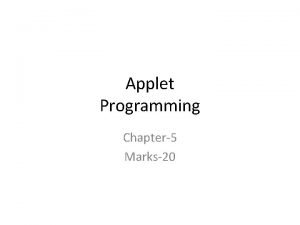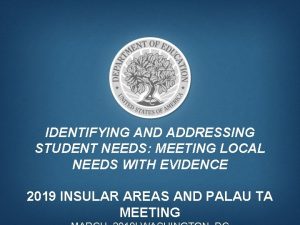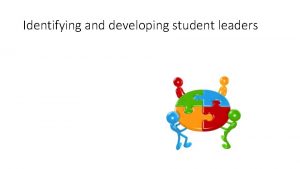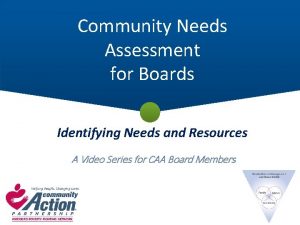Developing a Plan for Identifying Local Needs and







- Slides: 7

Developing a Plan for Identifying Local Needs and Resources Copyright © 2014 by The University of Kansas

Needs are the gap between what a situation is and what it should be. Resources are those things that can be used to improve the quality of community life. Copyright © 2014 by The University of Kansas

Why should you identify local needs and resources? • To understand the environment. • To understand public opinion. • To make decisions about priorities. Copyright © 2014 by The University of Kansas

Who benefits from identifying needs and resources? • • Those experiencing the problem. Service providers. Community leaders. And you! Copyright © 2014 by The University of Kansas

You should identify needs and assets when: • You are planning to start a program. • You are implementing an initiative. • Efforts are being reviewed. Copyright © 2014 by The University of Kansas

What are the phases of developing your plan? • Brainstorming: developing preliminary ideas. • Using what you already have to answer your questions. • Finalizing questions. • Identifying your target population. • Deciding what methods to use. • Deciding what is missing. • Deciding if you have the resources to conduct a survey. Copyright © 2014 by The University of Kansas

Tools for Collecting Data: • • Listening sessions. Public forums. Needs assessments. Assets mapping. Copyright © 2014 by The University of Kansas













